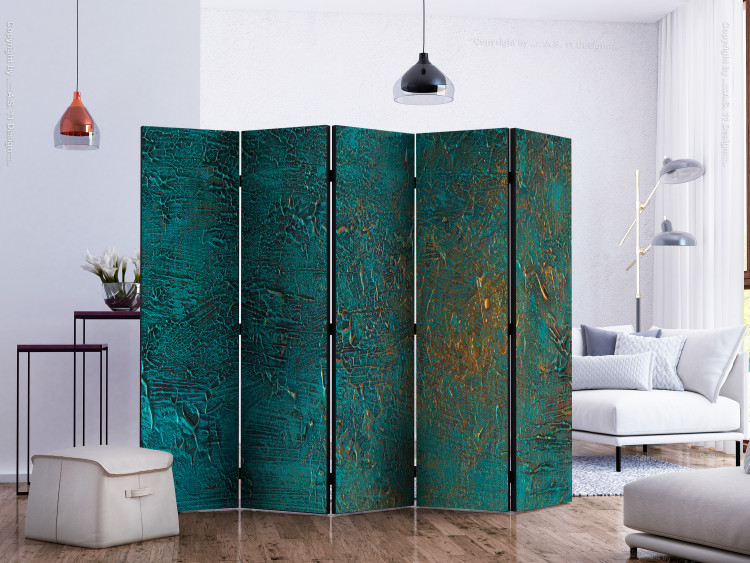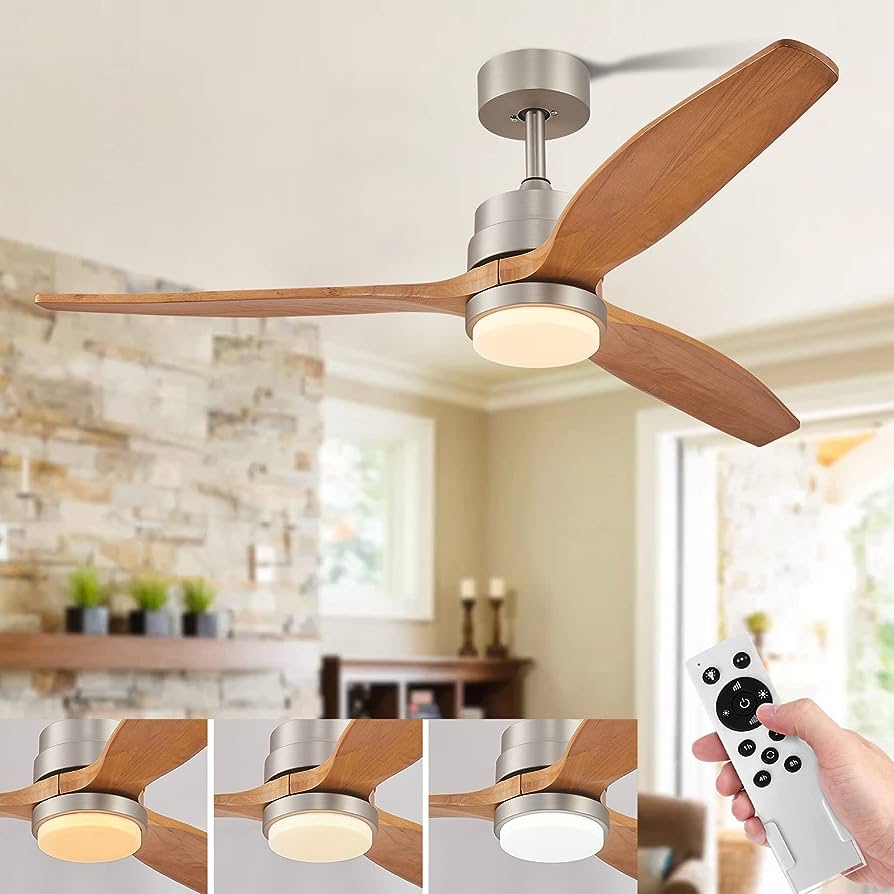Room dividers have a rich and fascinating history, spanning across ancient cultures and evolving into modern innovations. These versatile pieces not only maximize space but also offer privacy, making them an invaluable addition to any home. With a wide range of options available, from traditional wooden screens to sleek metal partitions, room dividers can effortlessly enhance interior design, adding both functionality and style. For those looking to get creative and save some money, DIY room dividers offer unique and cost-effective solutions. Furthermore, multi-functional room dividers have the ability to transform spaces, creating a seamless blend of practicality and aesthetic appeal. In open floor plans, room dividers play a crucial role in achieving balance and visual separation. Even in small apartments, where space is at a premium, there are countless design ideas to make the most out of every square foot. Whether you’re fascinated by the historical significance or eager to explore innovative design ideas, room dividers have something to offer for everyone.
History and Evolution of Room Dividers: From Ancient Cultures to Modern Innovations
Room dividers have been used for centuries to create separate spaces within a larger area. From ancient cultures to modern innovations, the concept of dividing a room has evolved significantly.
Ancient Origins: Practical Separation
In ancient times, room dividers were primarily used for practical purposes. For example, in ancient Egypt, screens made from papyrus reeds were used to separate different areas within a room. These dividers not only provided privacy but also aided in creating distinct zones for various activities.
Asian Influence: Folding Screens
The use of folding screens as room dividers gained popularity in Asian cultures such as China and Japan. These screens were made from materials like silk, wood, or paper, and were often intricately decorated. Folding screens were not only functional but also served as exquisite pieces of art.
European Renaissance: Decorative Dividers
During the European Renaissance, room dividers became a symbol of wealth and status. Ornate and intricately carved wooden screens were used as both functional partitions and decorative elements. These dividers were often adorned with paintings, mirrors, or tapestries to enhance their aesthetic appeal.
Modern Innovations: Versatile and Diverse
With advancements in technology and design, room dividers have evolved to cater to contemporary needs. Today, we have a wide range of options, including folding screens, sliding panels, bookcase dividers, and hanging curtains. These modern room dividers offer versatility, allowing for easy customization and adaptability to changing interior design trends.
- Provide space for privacy: Our room divider screens will provide you with strong privacy to avoid embarrassment in your life. Let you enjoy your...
- Upgrades of materials: The panel of wall divider are made of watertight, non-see-through and tear-resistant high density 240g polyethylene fabric ....
- NOTICE: Curtains are not included
- No Drill Room Divider: This no-drill room divider curtain rod will not leave holes or damage in walls or ceilings, so it's an ideal solution for...
- ☀【Flexible panel & easy to storage】Our room divider is made up of four panels of the same size, which can move the shape of your space or block...
- ☀【Professional hand-crafted】All our screen dividers are manufactured by workers, 100% quality assurance, to bring you a more perfect...
- Move and Store Freely:This office room divider is lightweight, so it's easy to store without taking up much space. Also it is flexible, and you can...
- High Quality & Durable Fabric: UV protected and Waterproof Fabric for easy to clean the screen divider.This privacy screen divider with steel frame...
- NON-DAMAGING: This no drilling curtain rod leaves no holes or damage on walls or ceilings, making it an ideal solution for every hard-to-install area...
- ADJUSTABLE HEIGHT AND WIDTH: This adjustable wall divider’s height can extend from 4-10 ft while width adjusts from 28-114 inches; making it...
- NOTICE: Curtains are not included
- No Drill Room Divider: This no-drill room divider curtain rod will not leave holes or damage in walls or ceilings, so it's an ideal solution for...
- 4-panel room divider screen with fiber glass like heavy duty rice paper;
- Japanese inspired room divider for creating privacy in small spaces, lightweight but stable frame made of wood in natrual finish;
- Professional Hand Crafted: Room divider use environmentally friendly plant fibers. After special treatment, they are woven by workers by hand, which...
- Lightweight And Easy To Storage: Our screen weighs less than 10 pounds, so it is very easy to move. The thickness of the folded screen is only 8 cm....
- Privacy and Space Division : This 4 Panel Room Divider serves as an excellent privacy solution, allowing you to create separate areas within a room,...
- Freestanding and Portable : With its freestanding design, this room divider doesn't require any installation or mounting, making it incredibly easy to...
- Japanese-inspired room divider for creating privacy in small spaces, lightweight but stable frame made of wood with black finish
- Panels fashioned from white rice paper with a red and black plum branch print
As an Amazon Associate I earn from qualifying purchases. Learn More
Practical Uses of Room Dividers: Maximizing Space and Creating Privacy
Room dividers are not just visually appealing; they serve a multitude of practical purposes, making them an essential element in interior design.
Open Floor Plans: Defining Spaces
In open floor plans, where multiple areas such as living, dining, and kitchen coexist, room dividers help define individual spaces. By strategically placing dividers, it becomes easier to distinguish between different functional areas without erecting permanent walls.
Creative Storage Solutions
Some room dividers are designed with built-in shelves or compartments, offering additional storage space. These dividers serve dual purposes, acting as a partition while providing a practical solution for organizing and displaying items.
Privacy and Visual Separation
One of the primary uses of room dividers is to create privacy and separate different activities within a shared space. Whether it’s dividing a bedroom from a living area or creating a private workspace in a studio apartment, room dividers offer an effective solution for maintaining privacy without sacrificing style.
Temporary Partitioning
Room dividers are also ideal for temporary partitioning. They can be easily moved or folded away, allowing for flexible spatial arrangement. This versatility makes them particularly useful for occasions where privacy or separation is temporarily desired, such as during parties or conferences.
Types and Materials: Exploring the Wide Range of Options
Room dividers come in various types and materials, each offering distinct benefits and aesthetic appeal.
Folding Screens: Classic and Portable
Folding screens, consisting of hinged panels that can be opened or closed, are a timeless option. They are often made from wood, fabric, or metal, and provide a portable and flexible room dividing solution. Folding screens can be easily moved or folded for storage when not in use.
Sliding Panels: Sleek and Space-Saving
Sliding panels or sliding doors are an excellent choice for larger spaces. These dividers consist of panels that slide along a track, allowing for smooth and effortless partitioning. Sliding dividers are space-saving and provide a modern, minimalist aesthetic.
Bookcase Dividers: Functionality and Style
Combining storage and division, bookcase dividers are a practical and stylish option. These dividers feature open shelves, allowing for both visual separation and storage of books or decorative items. They add character to a space while providing a sense of organization.
Hanging Curtains: Soft and Versatile
Hanging curtains can be a cost-effective and versatile way to create room divisions. They come in various fabrics, patterns, and colors, allowing for customization and blending with any interior design style. Hanging curtains provide a soft and flowing partition, adding a touch of elegance to a space.
Aesthetic Appeal: Enhancing Interior Design with Stylish Room Dividers
Room dividers not only serve functional purposes but also contribute to the overall aesthetic appeal of an interior space.
Statement Pieces: Artistic Dividers
Incorporating artistic and visually striking room dividers can transform a space into a work of art. Dividers made of stained glass, modern sculptures, or intricate patterns become eye-catching focal points and add an element of uniqueness to the room.
Texture and Material Harmony
Choosing room dividers that complement the existing texture and materials in a room can help create a harmonious design. For instance, natural materials like bamboo or rattan dividers can blend seamlessly with earthy color palettes, while metal dividers can add a sleek and contemporary touch.
Light and Airy Ambiance
Some room dividers, such as translucent screens or glass partitions, allow light to pass through, creating an airy and spacious atmosphere. These dividers are particularly useful in smaller spaces where maintaining a sense of openness is essential.
Dividers as Space Divas
Room dividers can be likened to divas that steal the spotlight and add drama to a space. By selecting dividers with unique shapes, colors, or patterns, they become a focal point themselves, enhancing the overall interior design and making a bold style statement.
History and Evolution of Room Dividers: From Ancient Cultures to Modern Innovations
Room dividers have been an integral part of interior design for centuries, with their origins dating back to ancient cultures. From simple screens made of woven materials to elaborate panels adorned with intricate artwork, the use of room dividers has evolved over time to meet the changing needs and tastes of people.
Ancient Origins and Cultural Significance
In ancient China, folding screens were commonly used as room dividers to create separate spaces within large open rooms. These screens, often made of wood or silk, not only served as practical tools for dividing space but also symbolized wealth and status in Chinese society.
Similarly, in ancient Japan, sliding screens known as “shoji” were used as room dividers. Made of translucent paper and wooden frames, shoji screens allowed natural light to filter through, creating a soft and serene atmosphere while maintaining privacy.
In the Middle East, intricately carved wooden screens called “mashrabiyas” were used as room dividers in traditional Arab architecture. These screens not only served a functional purpose but also added a touch of elegance and beauty to the interiors.
The Renaissance and Europe’s Influence
During the Renaissance era in Europe, room dividers became popular as decorative elements. Ornate and hand-painted folding screens were used to divide large rooms, adding a touch of luxury and sophistication to the interiors. These screens often depicted scenes from mythologies or landscapes, showcasing the artistic skills of craftsmen.
Modern Innovations and Adaptations
With the advent of modern architecture and changing lifestyles, room dividers have evolved to meet new needs and challenges. Today, we have a wide range of innovative room divider options, ranging from sliding panels and accordion-style partitions to modular systems made of lightweight materials.
Modern room dividers not only serve their practical purpose of creating separate areas within a space but also offer versatility and flexibility. They can be easily moved, folded, or adjusted to adapt to changing needs, making them ideal for small apartments or open-plan living spaces.
Practical Uses of Room Dividers: Maximizing Space and Creating Privacy
Room dividers are incredibly versatile and can be used in various ways to maximize the available space and create privacy within a room. Whether you live in a spacious house or a compact apartment, room dividers offer practical solutions to divide and conquer your space.
Creating Distinct Zones
One of the most common practical uses of room dividers is to create distinct zones within an open-plan living area. By strategically placing a room divider, you can visually separate different areas, such as living and dining spaces or a home office and a bedroom. This helps in maintaining a sense of privacy while retaining the openness and flow of the overall space.
Maximizing Privacy in Shared Spaces
In shared living arrangements, such as dormitories or studio apartments, room dividers provide a simple and effective way to carve out personal spaces. By placing a room divider around a bed or a study area, individuals can have the privacy they need without the need for permanent walls.
Visual Screening
Room dividers also offer the benefit of visual screening. For example, in an office environment, floor-to-ceiling room dividers can be used to create separate workstations, ensuring that each employee has their own private space without feeling too closed off from others. This helps minimize distractions and promotes focused work.
Controlling Light and Noise
Another practical use of room dividers is to control light and noise levels within a room. For instance, a folding screen with blackout curtains can be used to block out sunlight from a certain area, creating a cozy reading nook. Similarly, room dividers made of sound-absorbing materials can help reduce noise pollution, making them ideal for open office spaces or shared living areas.
Types and Materials: Exploring the Wide Range of Options
The world of room dividers offers an extensive range of types and materials to suit different preferences and interior styles. From traditional to modern, there’s a room divider for every aesthetic and functional need.
Folding Screens
Folding screens, also known as room dividers screens, are a classic choice that adds an elegant touch to any space. They consist of hinged panels that can be unfolded or folded according to the desired configuration. These screens are typically made of wood, fabric, or metal, and are available in various colors and designs to complement different interior styles.
Sliding Panels
Sliding panel room dividers are a contemporary and sleek option that offers versatility and flexibility. These dividers feature panels that glide along a track, allowing you to open up or close off space as needed. Sliding panel dividers are often made of materials such as glass, acrylic, or wood, and can be customized to match the overall aesthetic of the room.
Modular Systems
Modular room divider systems are a modern and customizable solution for dividing space. These systems consist of interchangeable panels that can be connected or rearranged to create different configurations. Made of lightweight materials like aluminum or plastic, modular dividers are practical and easy to move around, making them ideal for temporary partitions or flexible living spaces.
Curtain Room Dividers
Curtain room dividers offer a budget-friendly and flexible option for dividing space. By hanging curtains from a ceiling-mounted track, you can easily create separate areas while maintaining an open and airy feel. Curtain dividers come in a wide variety of fabrics, colors, and patterns, allowing you to add a touch of style and personality to your space.
Aesthetic Appeal: Enhancing Interior Design with Stylish Room Dividers
Beyond their practical uses, room dividers also hold significant aesthetic appeal, allowing you to enhance your interior design and create visually appealing spaces.
Adding Visual Interest
Room dividers serve as architectural elements that add visual interest and depth to a room. Their unique designs, patterns, and textures can act as focal points, drawing the eye and creating a dynamic atmosphere. Whether it’s a carved wooden screen or a glass panel with geometric patterns, room dividers can elevate the overall design aesthetic of a space.
Creating Artistic Statements
Room dividers offer an opportunity to showcase art and creativity. From hand-painted folding screens to laser-cut metal panels, these dividers can double as artistic installations that tell a story or evoke emotions. By incorporating a room divider that reflects your personal taste and style, you can transform a plain space into a captivating and artful environment.
Playing with Light and Shadow
Certain types of room dividers, such as those made of translucent materials or those with cut-out designs, can create captivating light and shadow patterns when light passes through them. This interplay of light and shadow adds a dynamic element to the room, casting intriguing patterns on walls and floors. It can create a playful and dramatic atmosphere that enhances the overall design aesthetic.
Personalizing Your Space
Room dividers offer an excellent opportunity to personalize your living or working environment. Whether you choose a room divider that complements your existing decor or opt for a bold statement piece, these dividers allow you to express your unique style and transform a generic space into something distinctive and inviting. By choosing a room divider that resonates with your personality, you can truly make a space your own.
Conclusion
Room dividers have come a long way, from their humble beginnings in ancient times to the modern innovations of today. They serve more than just a practical purpose, as they can truly transform a space and enhance its aesthetic appeal. With a wide range of options available, including DIY solutions and multi-functional designs, room dividers offer endless possibilities for maximizing space and creating privacy. Whether you live in a small apartment or have an open floor plan, room dividers can provide the balance and visual separation needed to create a functional and stylish living environment. So why limit yourself when you can redefine your space with a room divider?
Frequently Asked Questions
1. What is a room divider and why would I need one?
A room divider is a piece of furniture or a partition that divides a large space into smaller sections, creating separate areas. You might need a room divider to add privacy, create a cozy corner, manage space efficiently, or simply enhance the aesthetic appeal of your room.
2. What types of room dividers are available?
There are various types of room dividers to suit different needs. Some popular options include folding screens, bookcase dividers, curtain dividers, panel dividers, and hanging dividers. Each type offers its own unique style and functionality, allowing you to choose one that best fits your requirements and personal taste.
3. How do I choose the right room divider for my space?
When selecting a room divider, consider factors such as the size of your room, desired level of privacy, and the overall style you want to achieve. Folding screens are versatile and can easily be moved, while bookcase dividers offer storage space. Curtains provide a light and airy feel, whereas panel dividers can be customized to match your decor. Think about your specific needs and the ambiance you want to create.
4. Are room dividers easy to set up and move?
Yes, most room dividers are designed to be lightweight and portable, making them easy to set up and move around. Folding screens and curtain dividers can be quickly assembled or taken down, while freestanding bookcase dividers can be shifted without much effort. However, some panel dividers or built-in dividers might require professional installation.
5. Can a room divider be used in small spaces?
Absolutely! Room dividers are especially useful in small spaces as they allow you to maximize the functionality of your area. They can help create separate zones in studio apartments or open-plan living spaces, making the most of every square inch. Just ensure you choose a room divider that suits the size of your room to avoid overwhelming or cluttering the space.
























